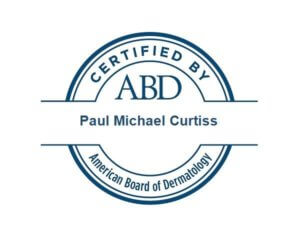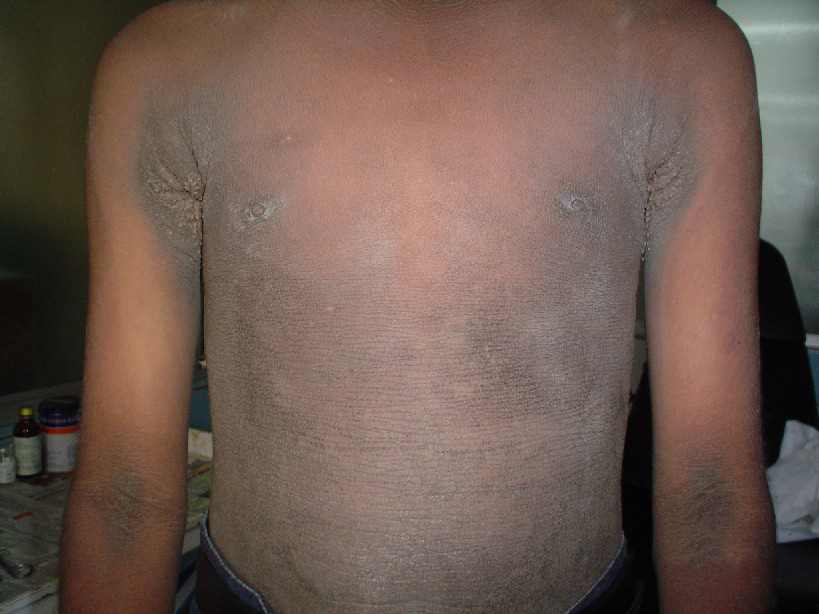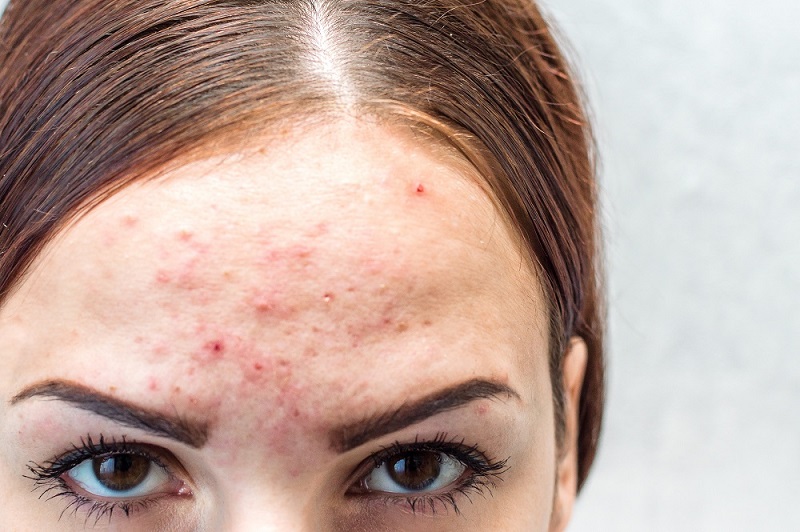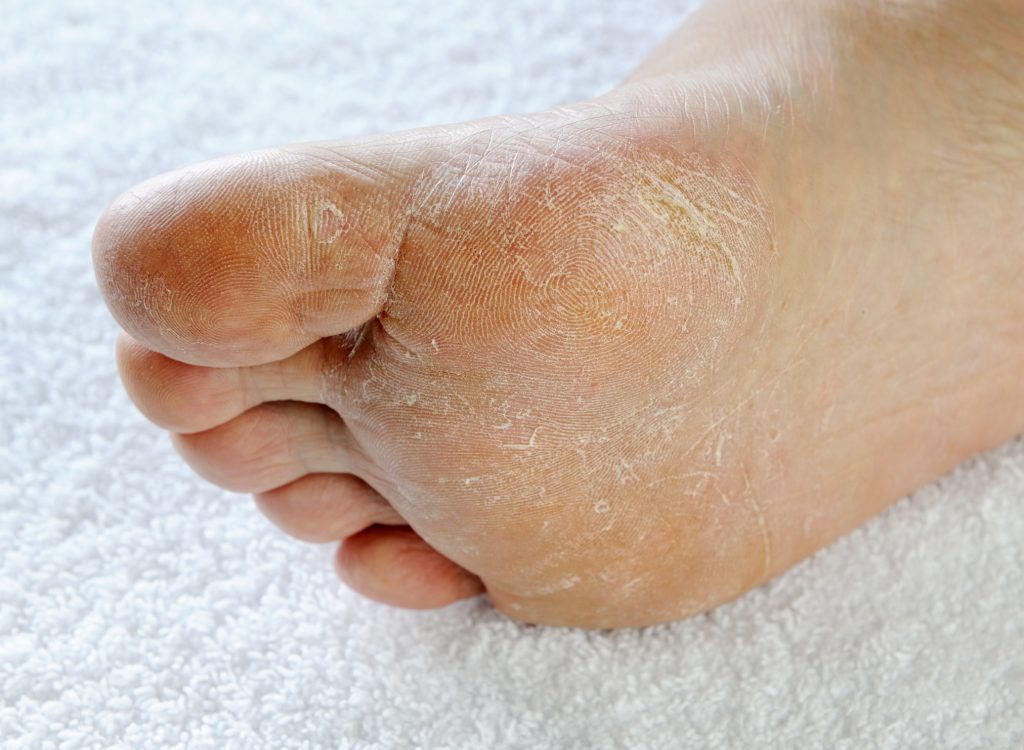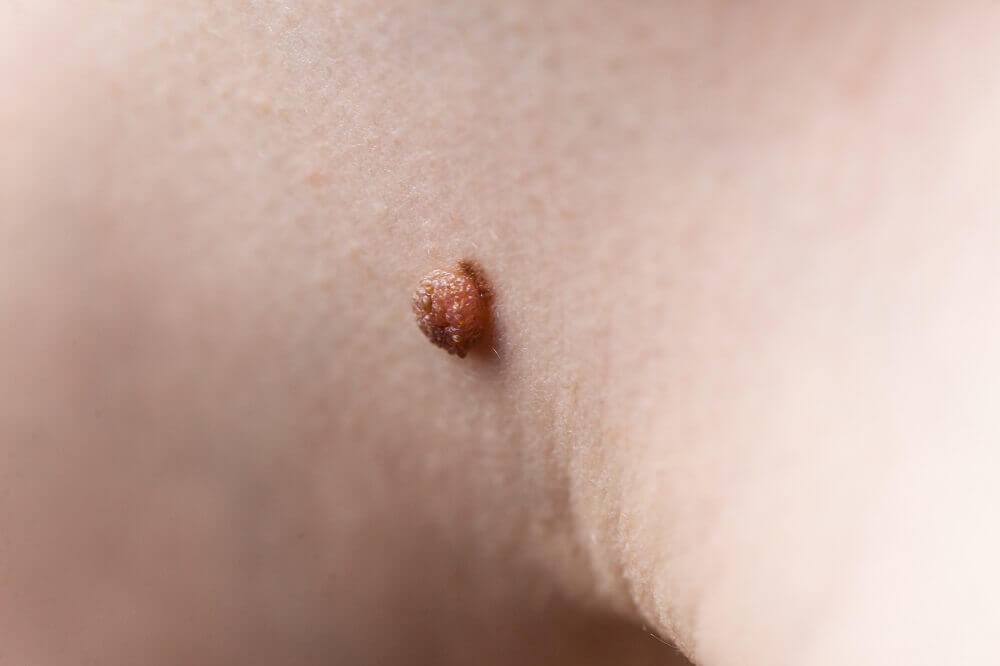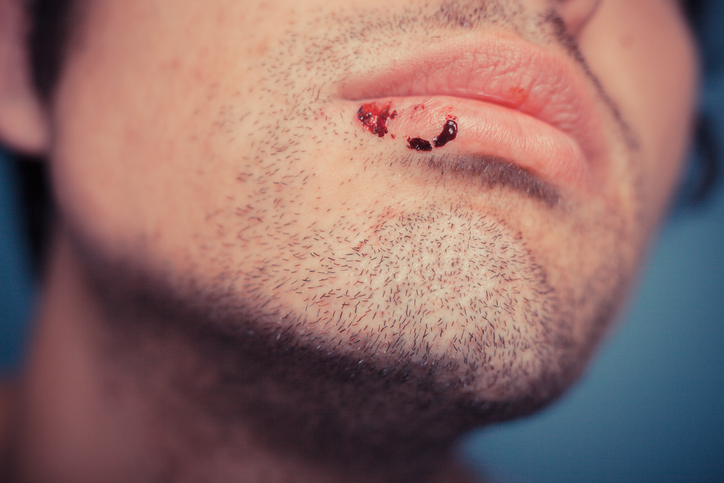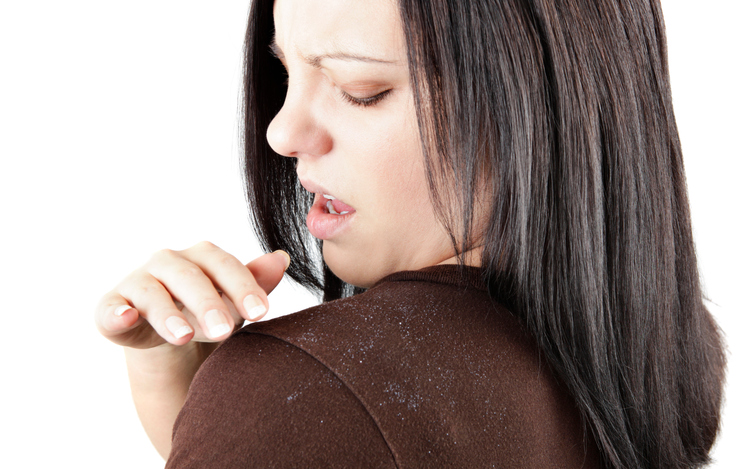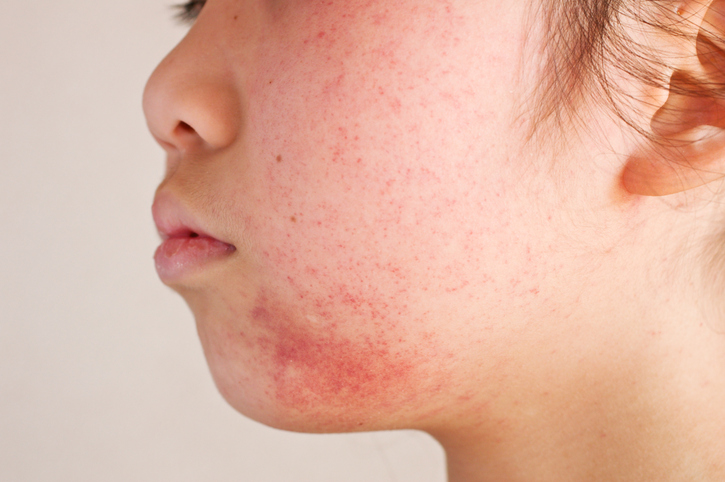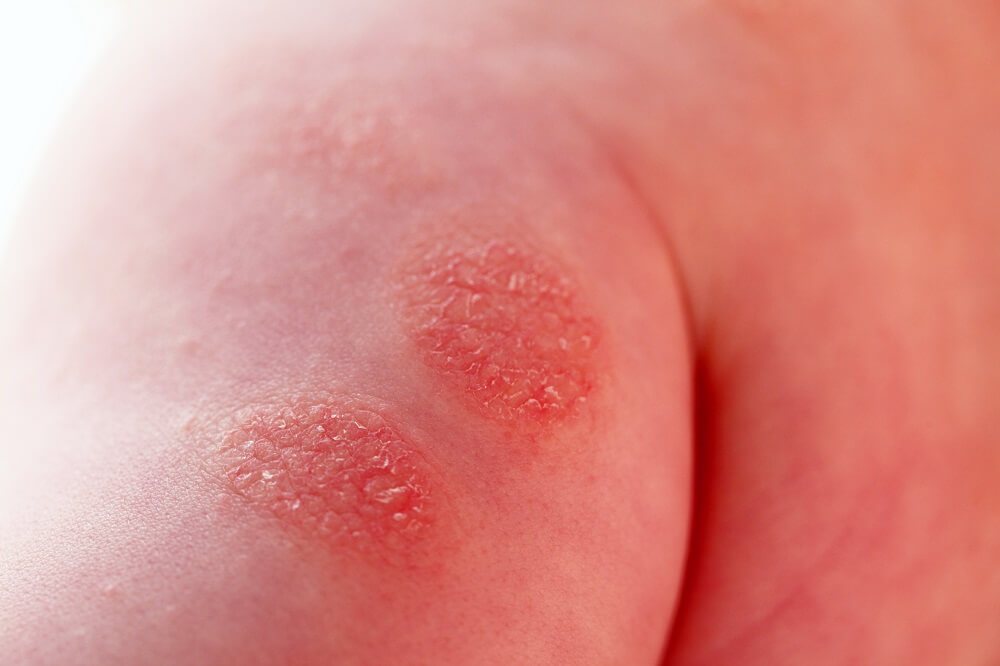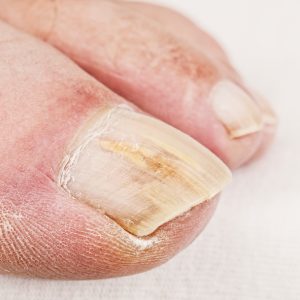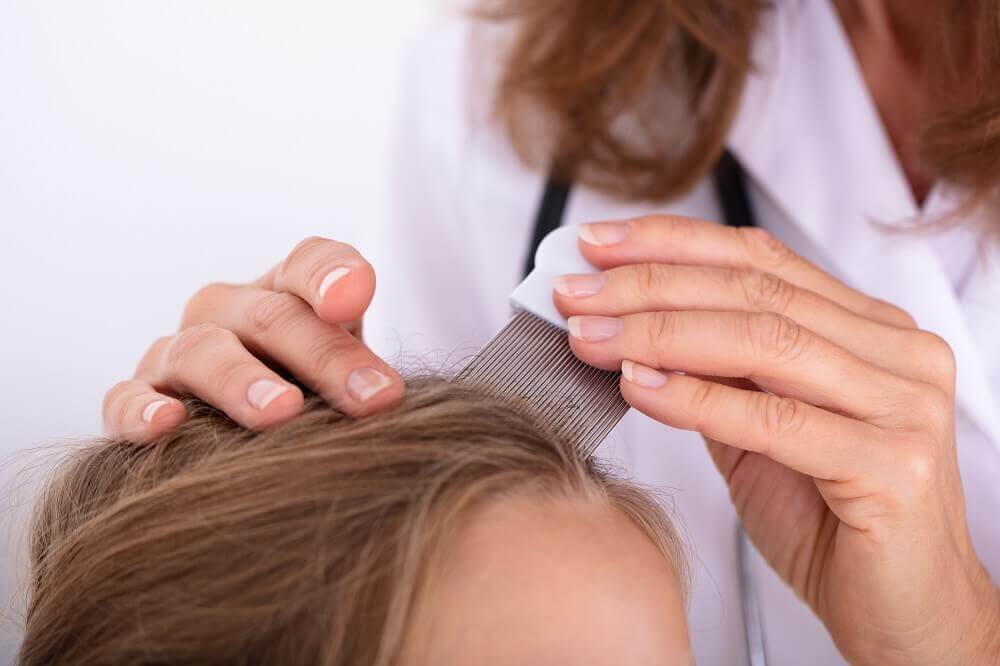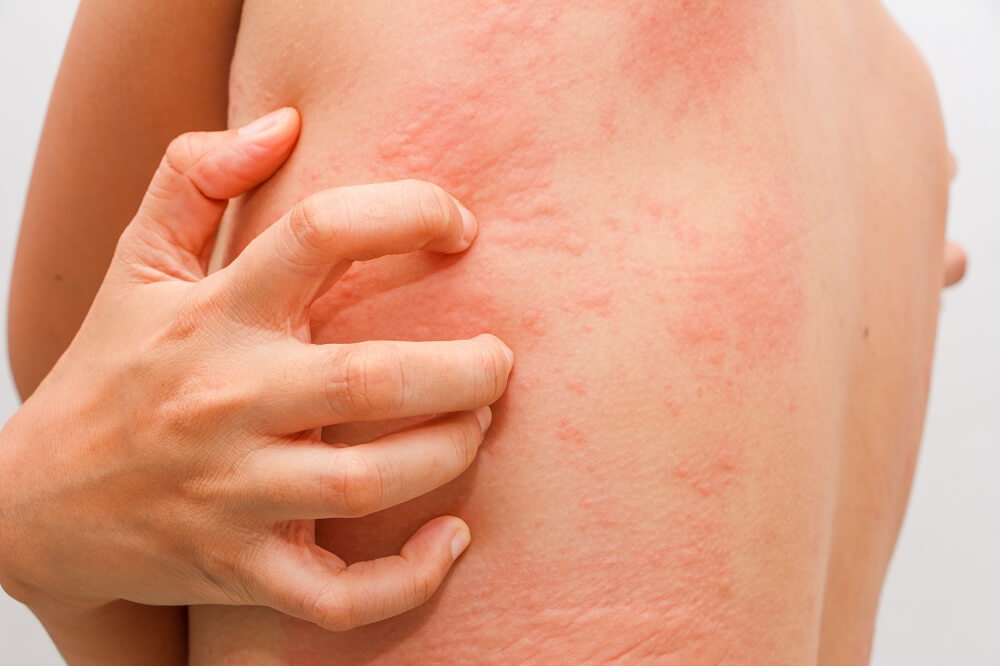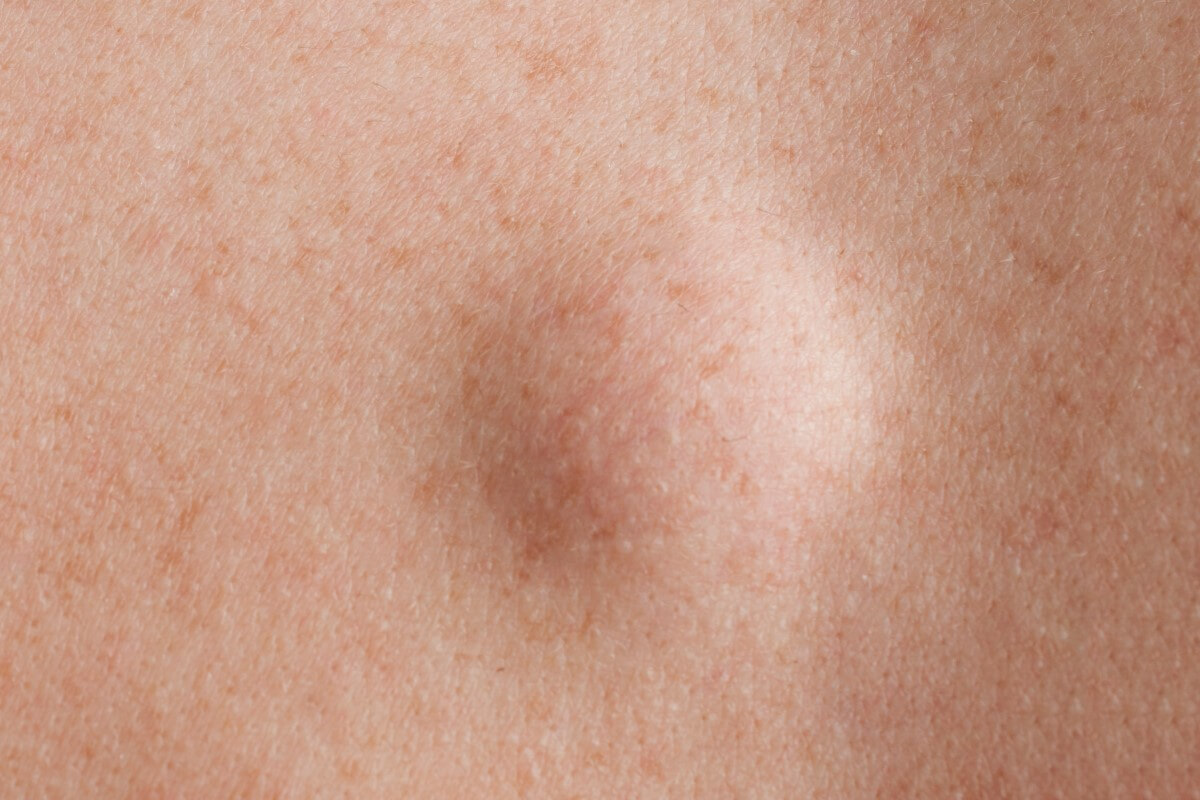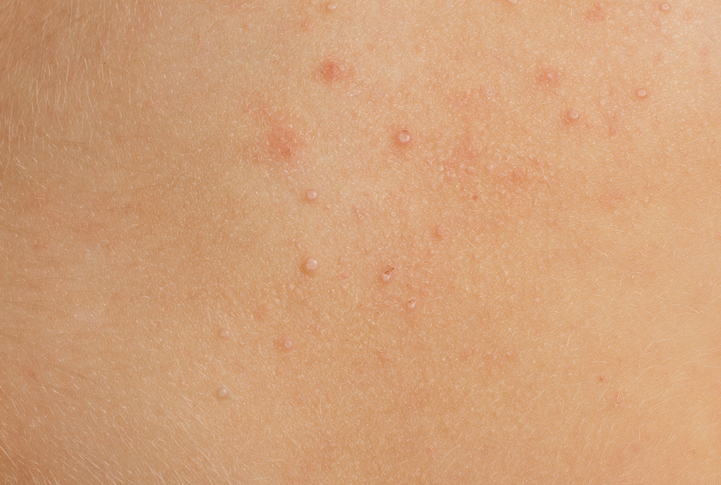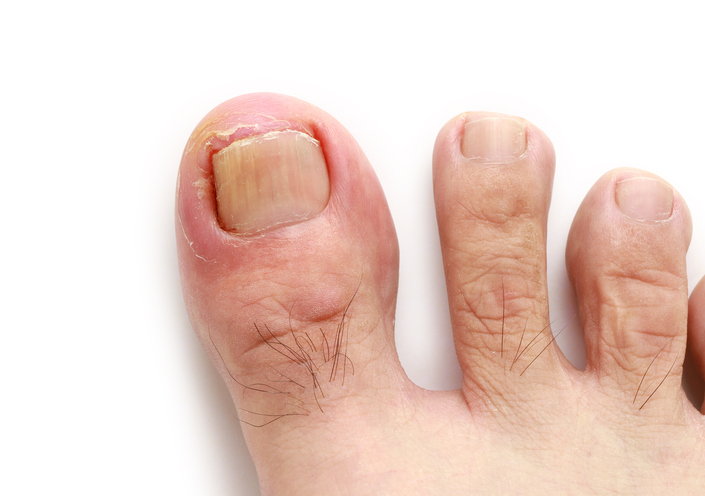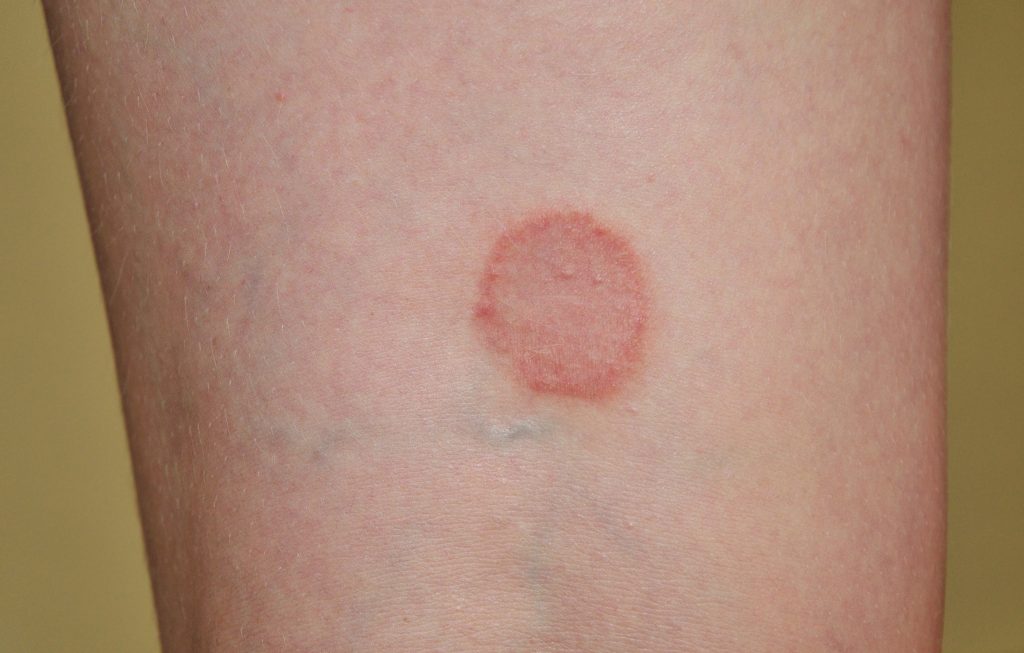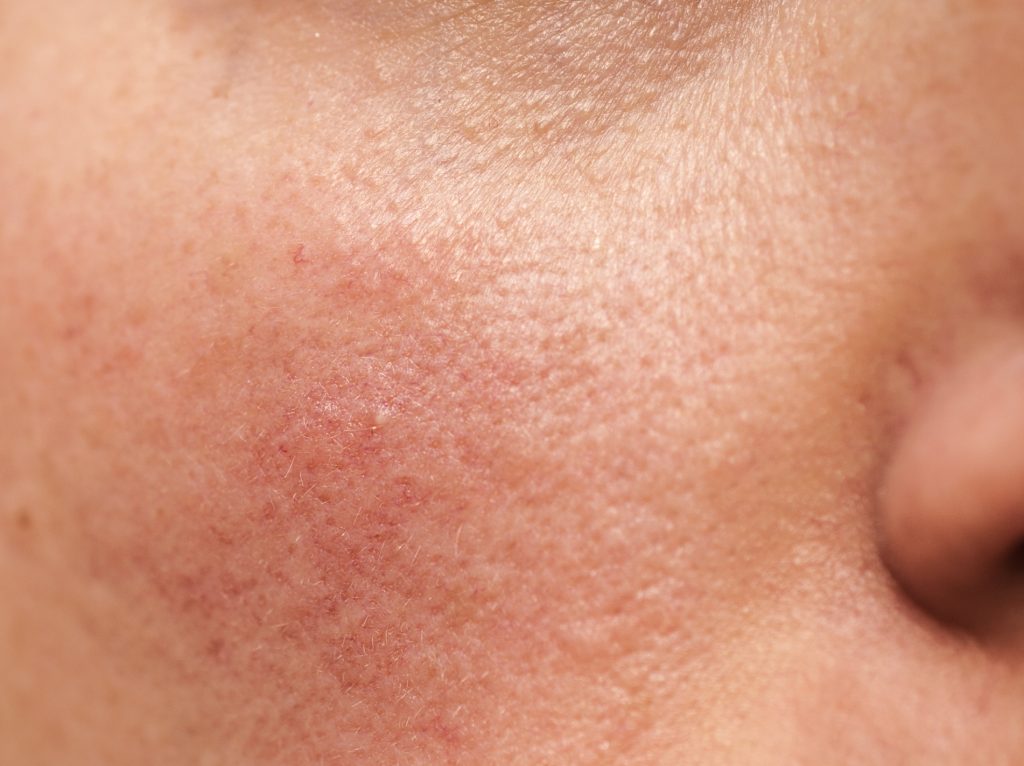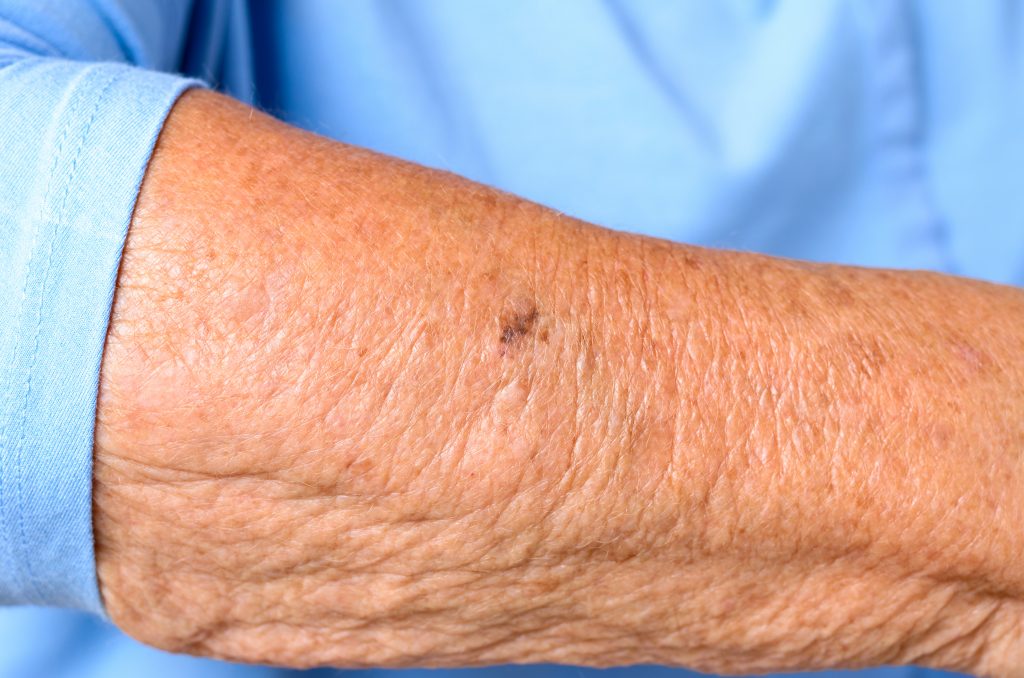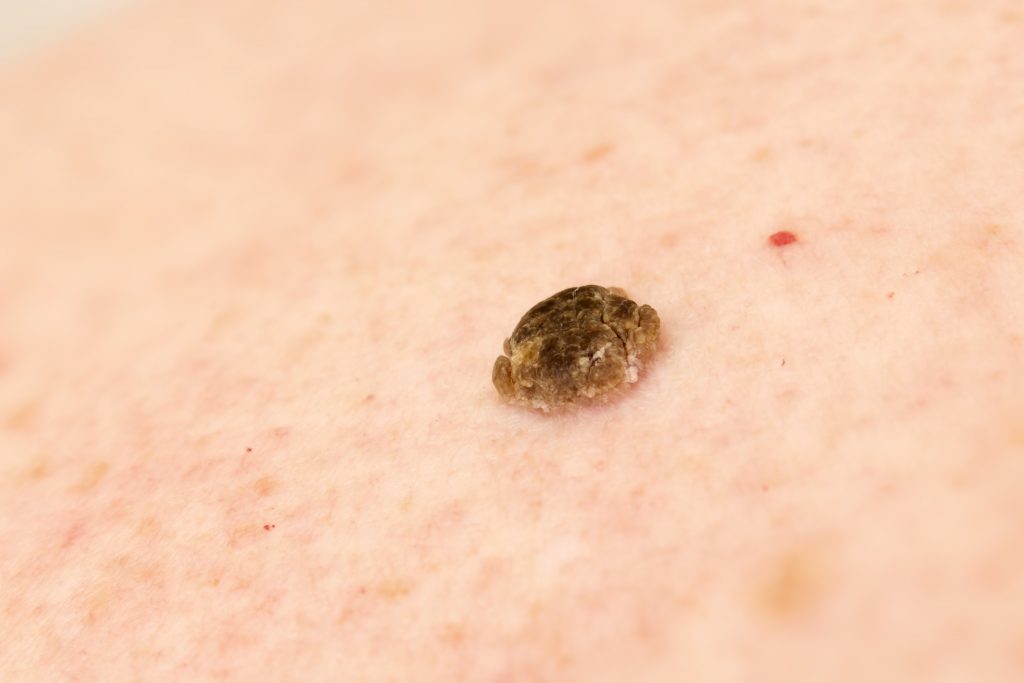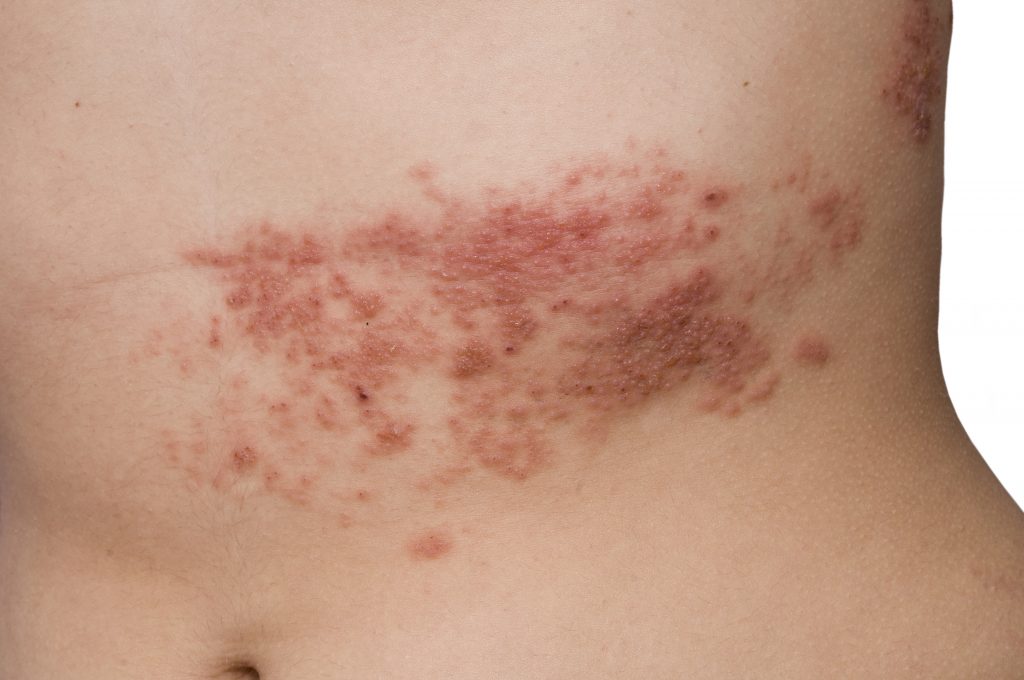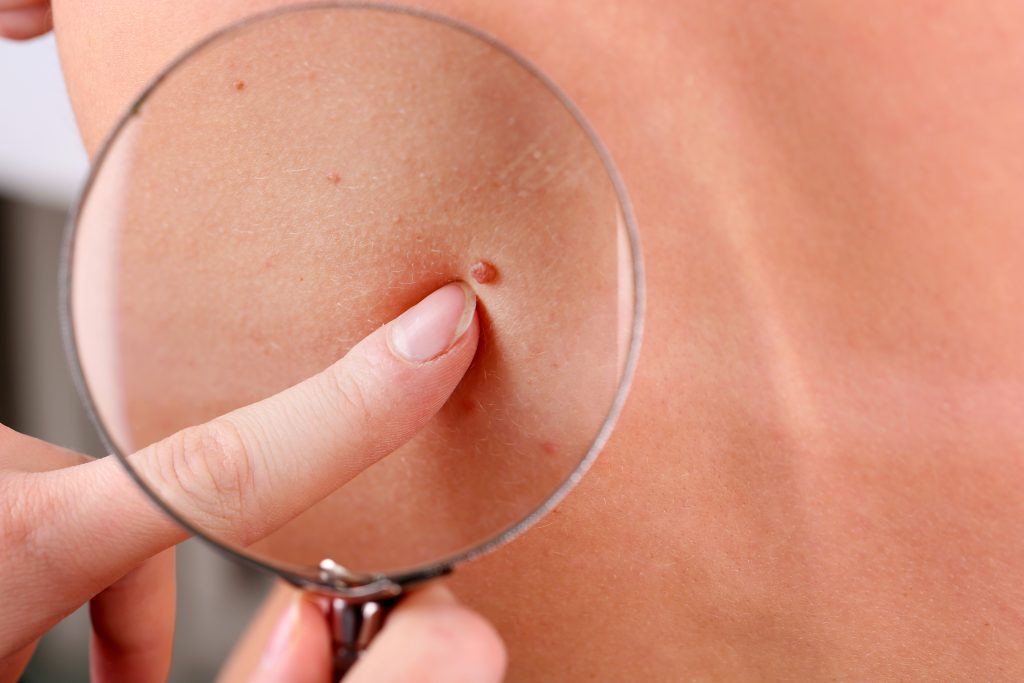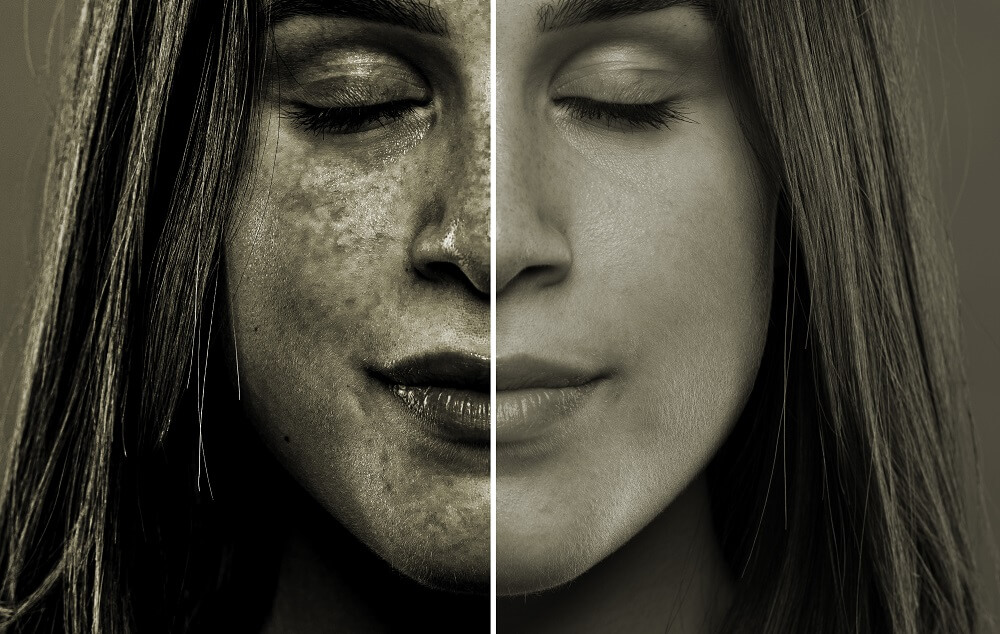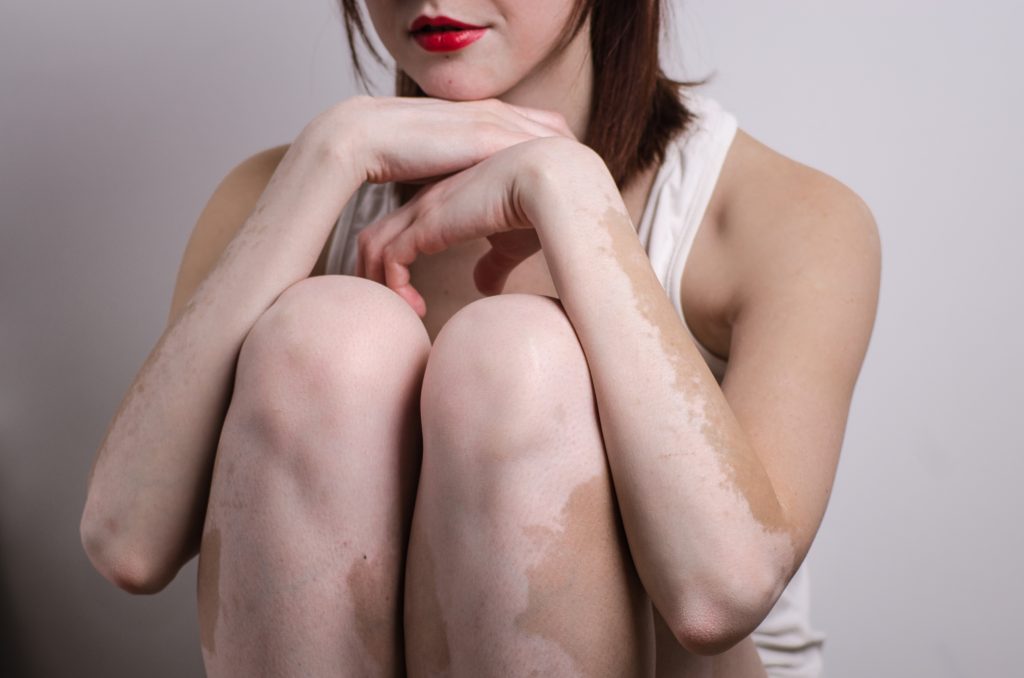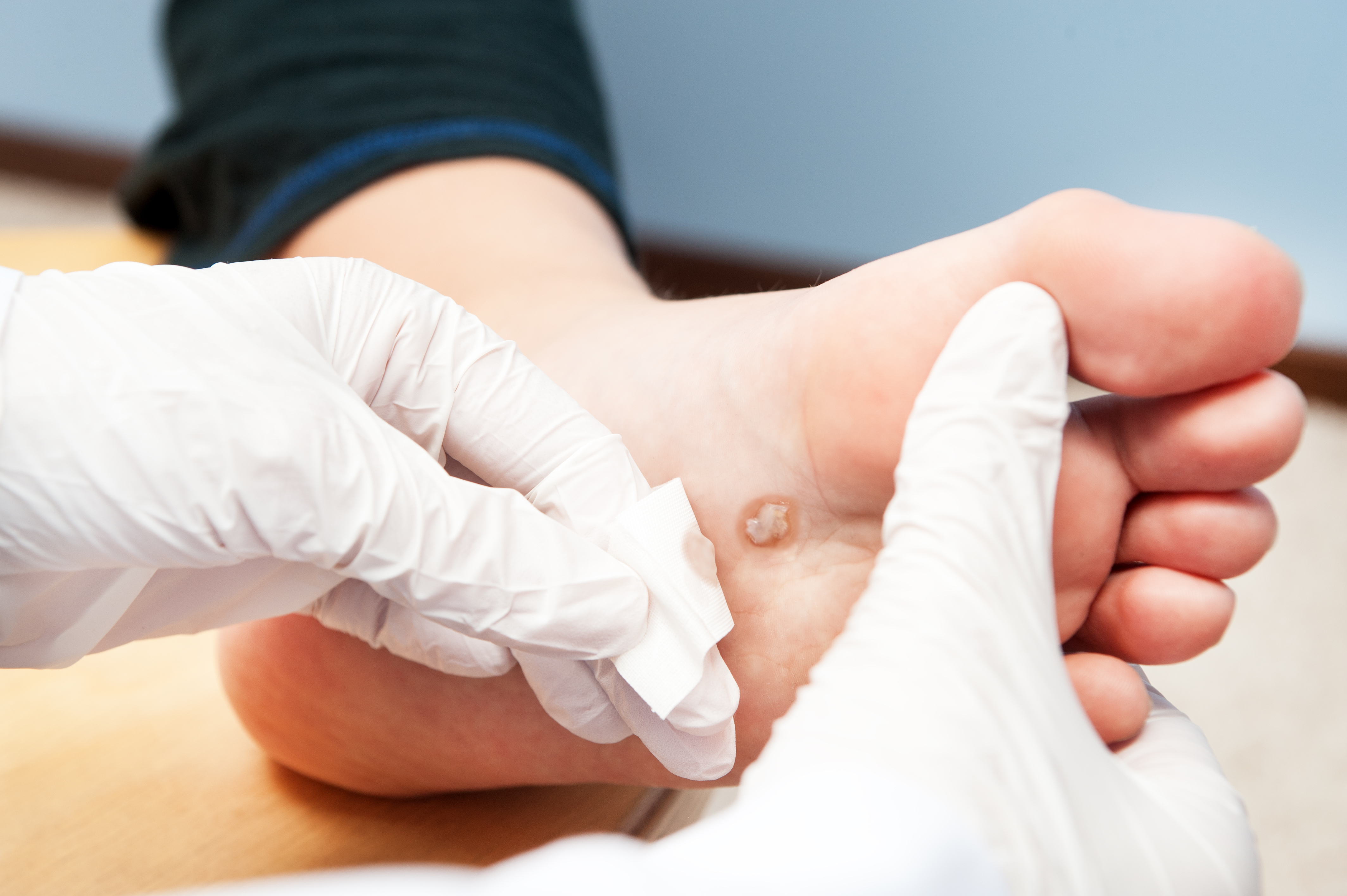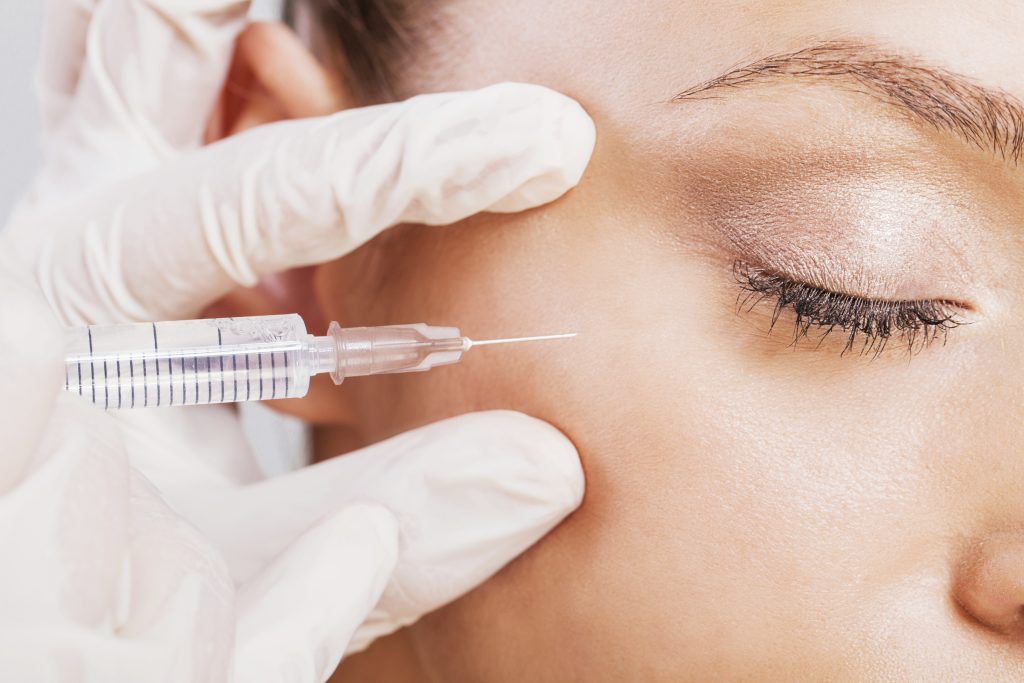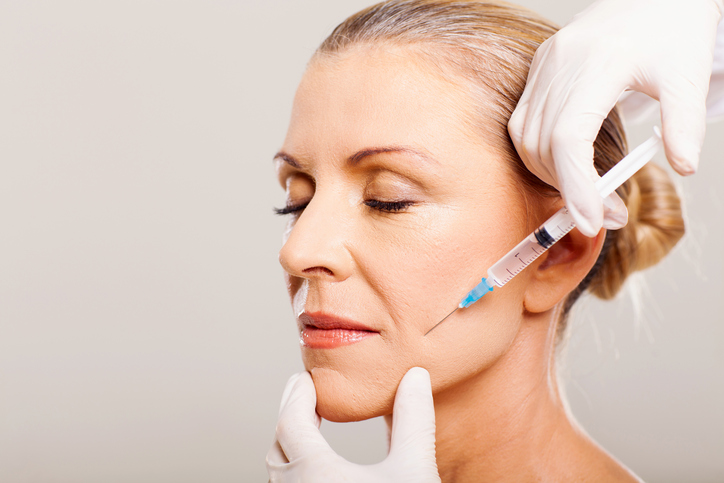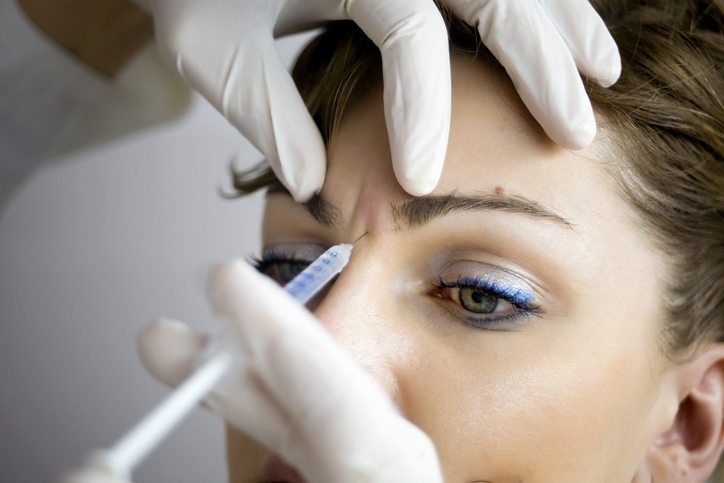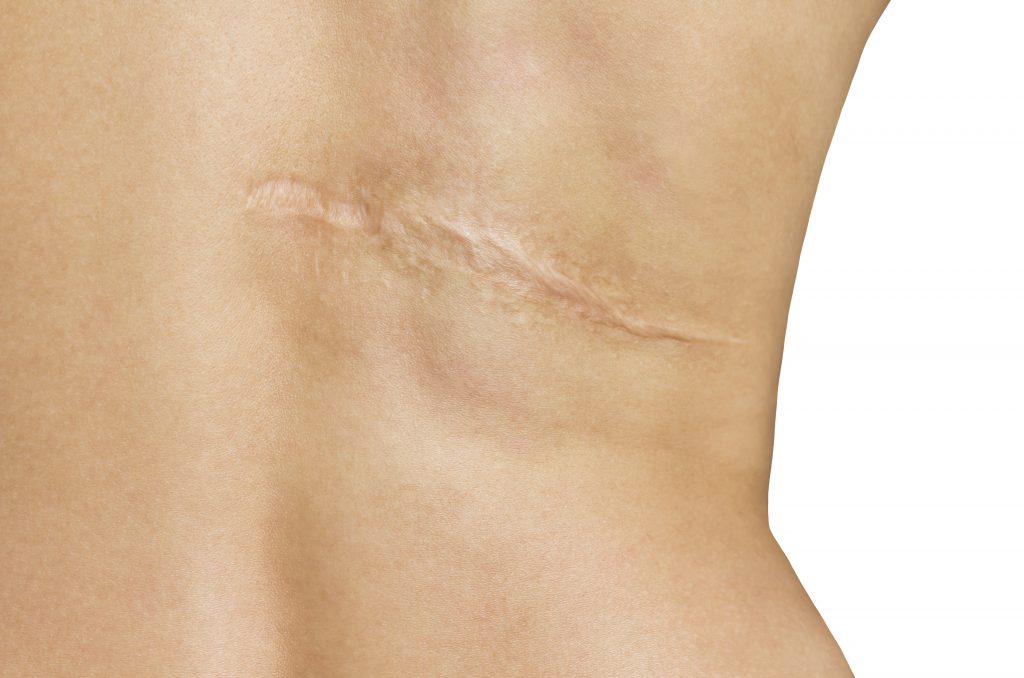Dr. Paul Curtiss is a dedicated dermatologist in Carrollton, TX, committed to providing exceptional dermatologic care. He earned his Bachelor of Arts in Biochemistry from Case Western Reserve University in Cleveland, Ohio, where he worked as a research assistant at the National Prion Disease Pathology Center. He received his medical degree from New York University School of Medicine in New York City and completed a Dermatology Research Fellowship focusing on autoimmune connective tissue disorders under the mentorship of Drs. Kristen Lo Sicco and Andrew Franks.
Following medical school, Dr. Curtiss completed an internal medicine internship at The Mount Sinai Hospital in New York City and a Dermatology residency at UT Southwestern in Dallas, Texas. His clinical interests include psoriasis, skin cancer, acne, autoimmune connective tissue diseases, and cosmetic dermatology.
Dr. Curtiss has authored numerous articles for peer-reviewed journals, including the Journal of the American Academy of Dermatology, the British Journal of Dermatology, and Cutis. He is passionate about staying at the forefront of dermatologic research and treatment to provide his patients with the best possible care.
Outside of his professional life, Dr. Curtiss enjoys running, playing tennis, and spending time with friends and family. Originally from Southern California, he is proud to call the Dallas-Fort Worth area home and is excited to serve the Carrollton community.
For expert dermatologic care, schedule an appointment with Dr. Paul Curtiss, your trusted dermatologist in Carrollton, TX. Contact our office today to experience his dedication to patient care and comprehensive skin health.
Featured Articles
- What It Means When a Mole Grows Hair, According to a Dermatologist
- Your Skin Can Reveal Some Surprising Things About Your Health
- Why Winter Is A Great Time To Get Your Annual Skin Exam, According To A Dermatologist
- 8 Reasons Why Your Nails Are Peeling and How to Fix It
- 11 Ways to Remove Henna Dye From Your Skin Quickly and Easily


